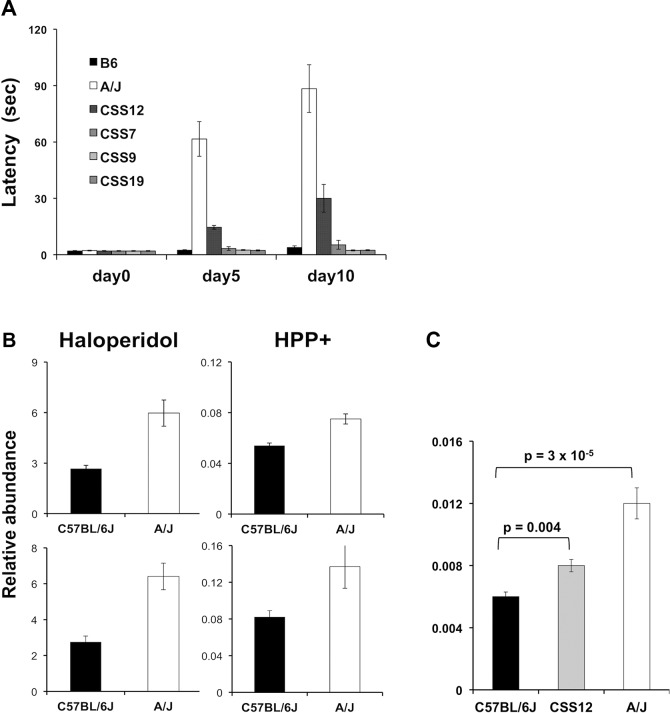Fig 2. (A) HIT in C57BL/6J, A/J, and four chromosome substitution strains.
The time (latency) required for a mouse to make a coordinated movement on a vertical mesh screen after treatment with haloperidol (3 mg/kg/day IP) for the indicated number of days is shown. Each bar represents the average ± SEM for three to four mice per strain. Only CSS12 mice (which have A/J alleles for every gene on Chromosome 12) had a significantly increased latency (p < 0.005) after 5 and 10 days of haloperidol treatment. (B) The amount of haloperidol and its metabolite (HPP+) in brain tissue obtained from A/J and C57BL/6 mice after 4 days of treatment with haloperidol (10 mg/kg/day IP) was assessed in two independent experiments. Each bar represents the average ± SEM of the LC/MS determined abundance (molecules per unit mass of brain tissue) for n = 4 mice per strain. (C) The brain level of the oxidative metabolite of haloperidol (HPP+) was measured after 10 days of haloperidol administration (3 mg/kg/day) to A/J (n = 6), C57BL/6 (n = 6), and Chromosome 12 substitution strain (CSS12) (n = 8) mice. Each bar shows the average ± standard error for the six to eight measurements for each strain, and the p-value is calculated using the Student’s t test on log2-transformed relative abundance data. Of note, CSS12 mice have a significantly higher (1.3-fold, p = 0.004) brain HPP+ level than C57BL/6J mice, but this level is below that in A/J mice.

